Since World War II, Eisenhower saw the importance of highways, motivating him to build a network of more than 72,000 km of US highways since 1956.
On June 29, 1956, then-US President Dwight D. Eisenhower signed legislation funding the construction of the Interstate Highway System (IHS), something many Americans had long desired since Detroit began manufacturing cars.
The Missouri State Highway Commission was awarded the first contract to begin construction of Route 66 in Laclede County, nearly 160 miles southwest of St. Louis. However, construction of the first section of interstate highway actually began in St. Charles County, Missouri, on August 13, 1956.
Kansas and Pennsylvania also vied for the title of states that completed the first sections of interstate highway. Americans were excited about the unified system of roads, bridges, and tunnels on interstate highways.
Construction of the IHS, also known as the Dwight D. Eisenhower National Defense Highway System, proceeded rapidly across the United States, and by the early 1990s, more than 45,000 miles (72,000 km) of highway had been completed across the United States, making it the world's largest highway network for decades.
It was not until the 1990s that China began to increase the development of its highway system and surpassed the US in 2011. By the end of 2022, China's total highway length will reach 177,000 km, the largest in the world.
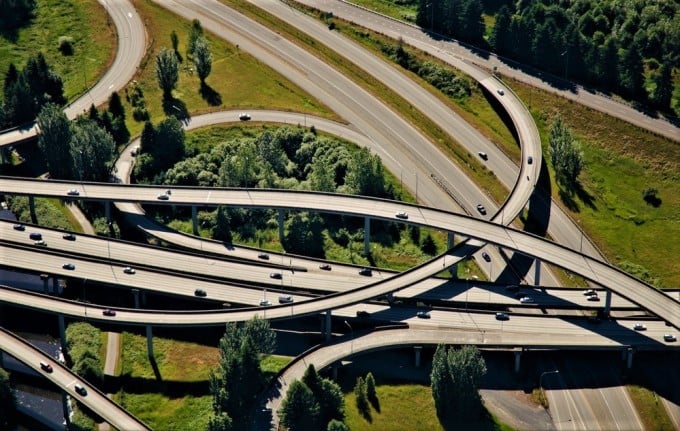
A section of the Dwight D. Eisenhower National Highway System (IHS) highway. Photo: Constituting America
President Eisenhower had long harbored the ambition of building a federal highway system in the United States. In 1919, Eisenhower was a lieutenant colonel in the army and was facing the threat of being demoted as the United States planned to downsize its armed forces after World War I and prepare for peacetime operations.
Eisenhower was assigned by his superiors to oversee an unprecedented military experiment, the first motorized convoy to cross the continental United States. The operation was designed to determine the challenges of moving troops from the east coast to the west coast of the United States with existing infrastructure. The journey was more than 5,000 km from Washington, D.C. to San Francisco, involving 79 vehicles of all sizes and 297 personnel.
During this experiment, Eisenhower realized the need to build a network of roads and bridges connecting the American lands. His report to the US military leaders at the time focused mainly on the technical problems and the patchy condition of the roads.
Narrow roads made it impossible for oncoming traffic to pass at the same time, while many bridges were too low for trucks to pass. Eisenhower pointed out that roads in the Midwest were difficult to navigate, while those in the East were suitable only for trucks.
During World War II, Eisenhower became the supreme commander of the Allied forces. As he led his troops into Germany, he was amazed at the extensive highway system the Germans had built before the war.
In his memoirs about his presidency, he later wrote, "During World War II, I saw the most advanced German highway system. It was a highway that ran across the country."
Europe's modern highway system helped the Allies maintain effective supply lines to attack Nazi forces across France and Germany.
In August and September 1944, some 6,000 trucks ran day and night from the Normandy coast to near Paris and from Paris to Germany to supply the advancing forces. A major contributor to the logistical success of the Normandy landings was Lieutenant General Lucius Clay, Eisenhower’s right-hand man both during the war and after his election as US president in 1953.
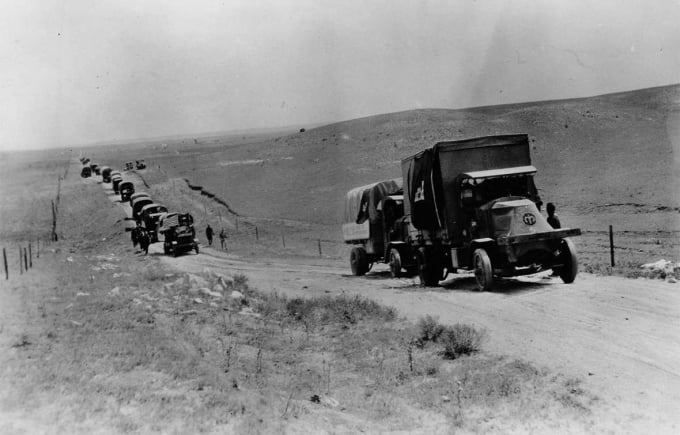
Eisenhower's motorcade during testing in 1919. Photo: Eisenhower Archives
Clay, a West Point-trained engineer, was appointed by President Eisenhower to head the President's Advisory Committee on the National Highway System. Clay and his team produced the "Grand Plan" with a federal budget request of $50 billion over 10 years to build a vast network of highways across the United States.
Clay’s report then discusses the state of existing roads and their impact on vehicle operations. Many argue that poor roads increase transportation costs, which in turn increases prices and costs consumers.
The third factor is national security. The overwhelming threat of nuclear attack in the United States requires the ability to quickly evacuate major cities and move troops quickly to carry out missions.
Finally, the highway system needs to reflect the strength of the U.S. economy . Improvements in transportation must keep pace with America’s projected population growth. Furthermore, road improvements are essential to economic growth and prosperity, as well as efficient use of taxpayer dollars.
IHS was then the largest public works project undertaken in the United States. Built during the Cold War, the project not only consumed a large portion of the federal budget but also captured the attention of the American public.
At that time, the Soviet Union had just successfully tested its first thermonuclear bomb, shocking American public opinion. People were racing to build bomb shelters, stockpile food, and prepare for the scenario of nuclear war.
In a July 1954 speech, Vice President Richard Nixon expressed concern about the "staggering inadequacy" of America's road infrastructure, arguing that it could not meet the needs of an emergency such as nuclear war.
This topic has become a top concern for most Americans. 79% of the people believe that a nuclear conflict between the US and the Soviet Union is imminent. If there is a war, 70 million urban residents will have to be evacuated by road.
The Clay Commission also warned of the need for large-scale evacuation of cities in the event of nuclear war, stressing the need for rapid improvements to the road system.
The problems of the US conducting a large-scale urban evacuation exercise in June 1955 prompted President Eisenhower to decide to build the IHS. The administration also seriously considered the role of the road system for national defense and directed the Department of Defense to participate in the project.
When IHS began operations, a testing facility was set up in central Illinois to evaluate pavement, road standards, construction techniques, and more. The Department of Defense contributed equipment and personnel for the tests. Military leaders had learned from the two world wars that roads were vital to national defense.
Over the course of two years, US Army trucks drove more than 17 million miles on test roads. They even used 24-ton trucks to test the quality of the roads. Highway construction and maintenance standards were developed based on these tests.
The U.S. Congress passed the Federal Government-Funded Highway Act of 1956, which provided federal funds to build the IHS. As the IHS grew, its ability to support defense needs grew.
Miles of concrete highways can serve as emergency runways for military aircraft. Many military bases, especially those housing division-level units, are located near federal highways.
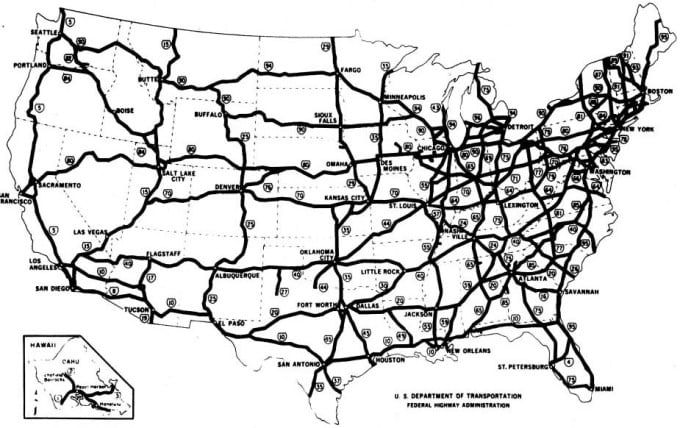
Dwight D. Eisenhower National Highway System (IHS). Graphic: U.S. Department of Transportation
During Operations Desert Shield and Desert Storm, IHS contributed greatly to the successful mobilization of troops for combat in the Middle East. This gave military planners confidence in the ability to easily mobilize troops and equipment in emergencies.
However, the current IHS is showing signs of deterioration. The IHS was originally expected to operate well until 1970 before needing to be overhauled. The budget allocated under the 1956 Act ran out in 1972 and current maintenance funding is maintained by gasoline taxes.
The decline of IHS was demonstrated in the tragedy that occurred in Minnesota in July 2007, when a section of the Interstate 35 bridge collapsed into the Mississippi River, killing 13 people and injuring 145.
It was one of the worst bridge collapses in U.S. history and highlighted the country's crumbling infrastructure. According to ABC News in 2012, at the time of the collapse, about 150,000 of the nearly 600,000 bridges across the country were "considered structurally and functionally deficient." Since the Highway 35 incident, U.S. political leaders have called for greater investment in the nation's infrastructure.
Yet most Americans still see the IHS as a system that helps them get around quickly, efficiently, and conveniently. The US Interstate Highway System is also seen as a symbol of the vision of people like Eisenhower, who helped shape the post-war United States.
Thanh Tam (According to US Army )
Source link































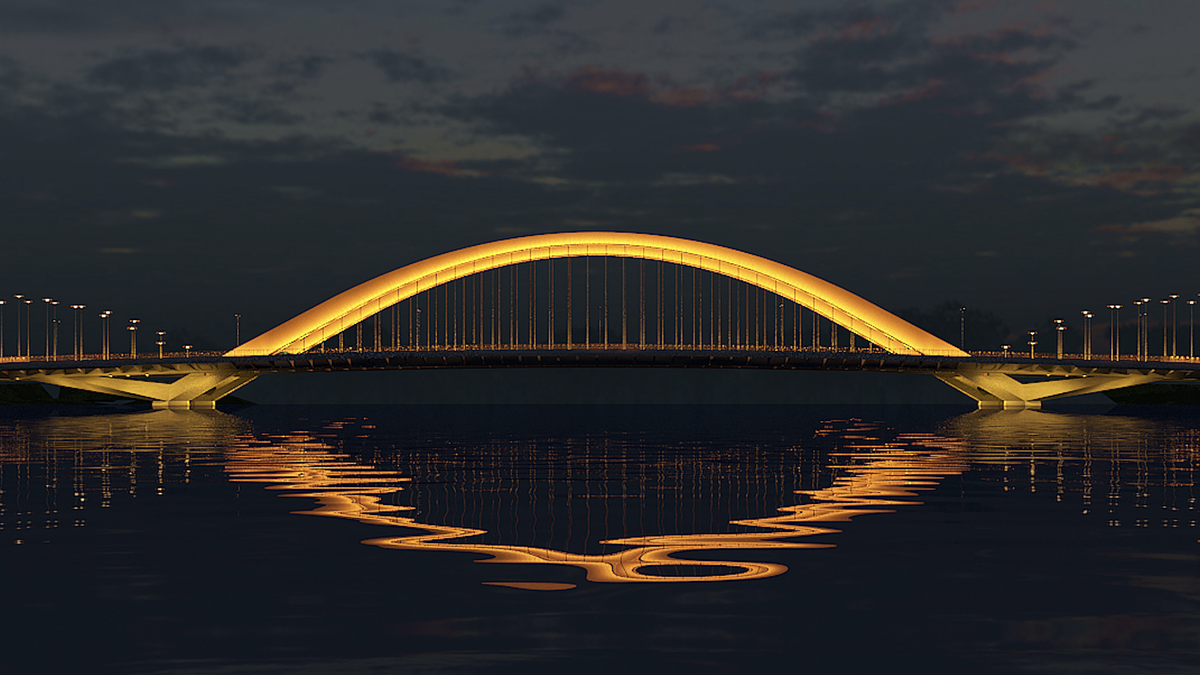


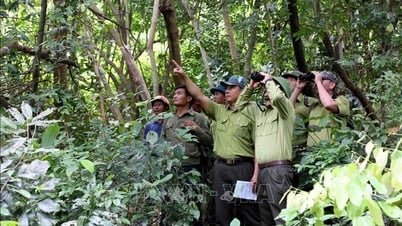





















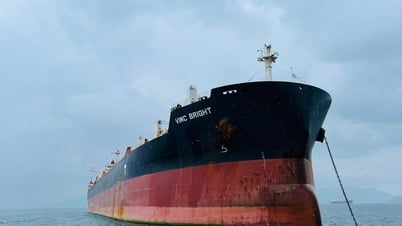

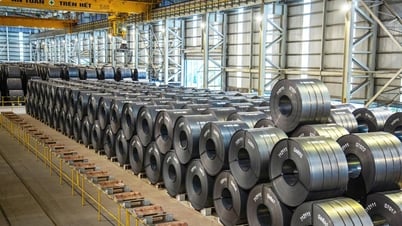





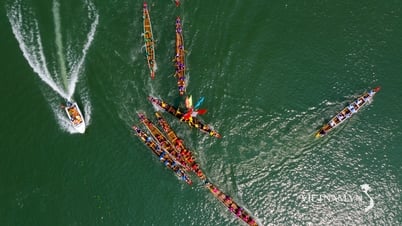





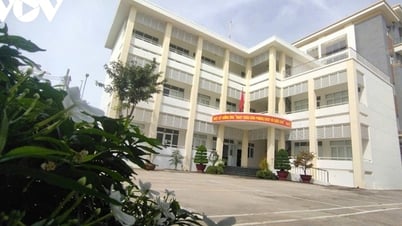


























Comment (0)